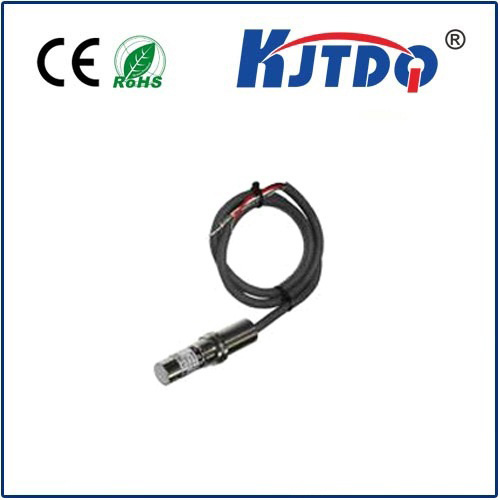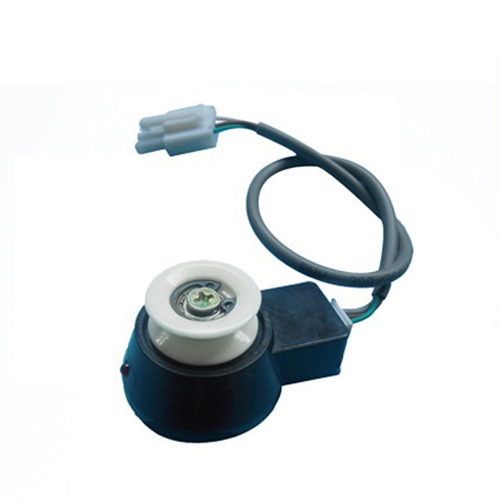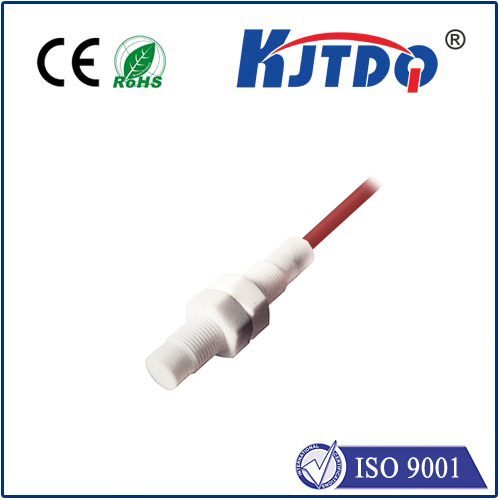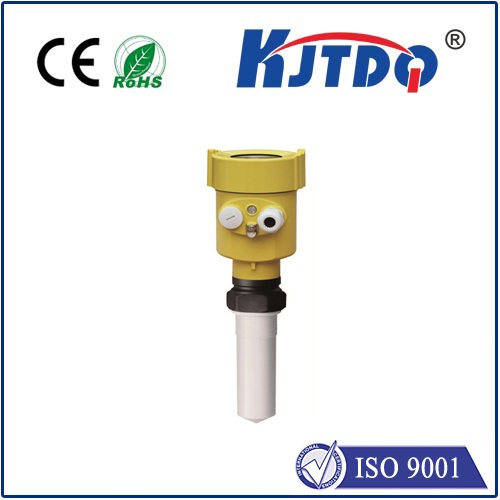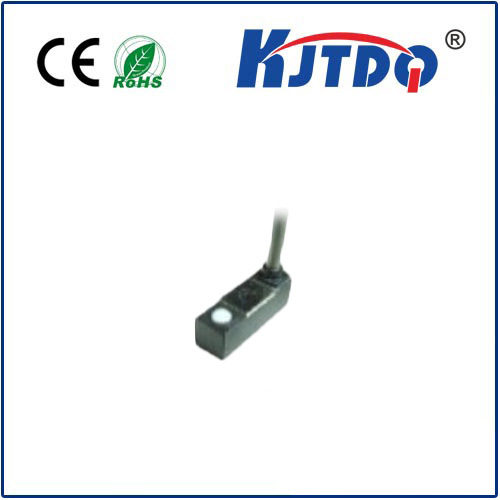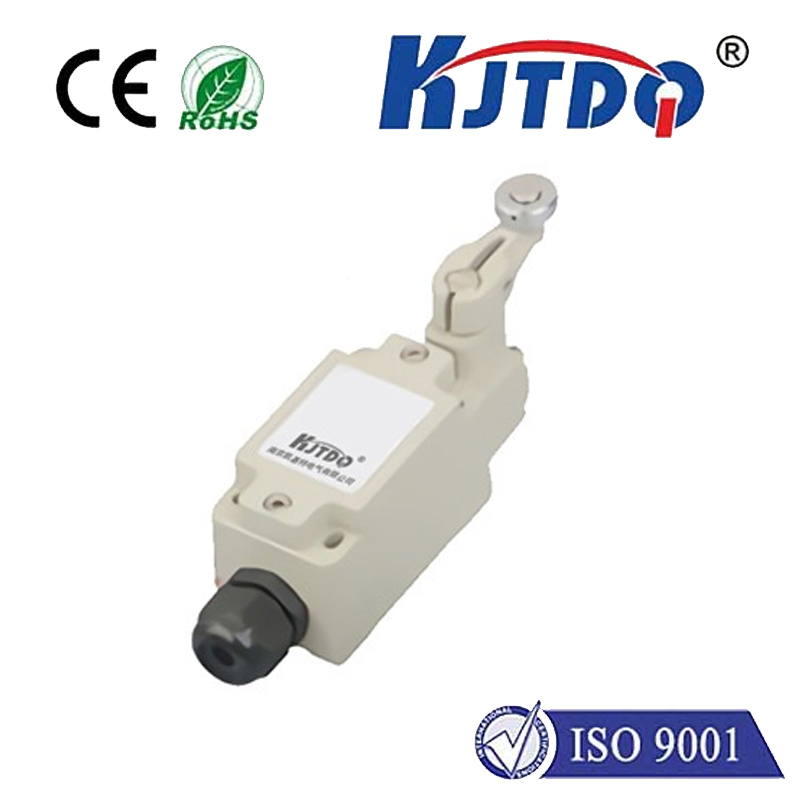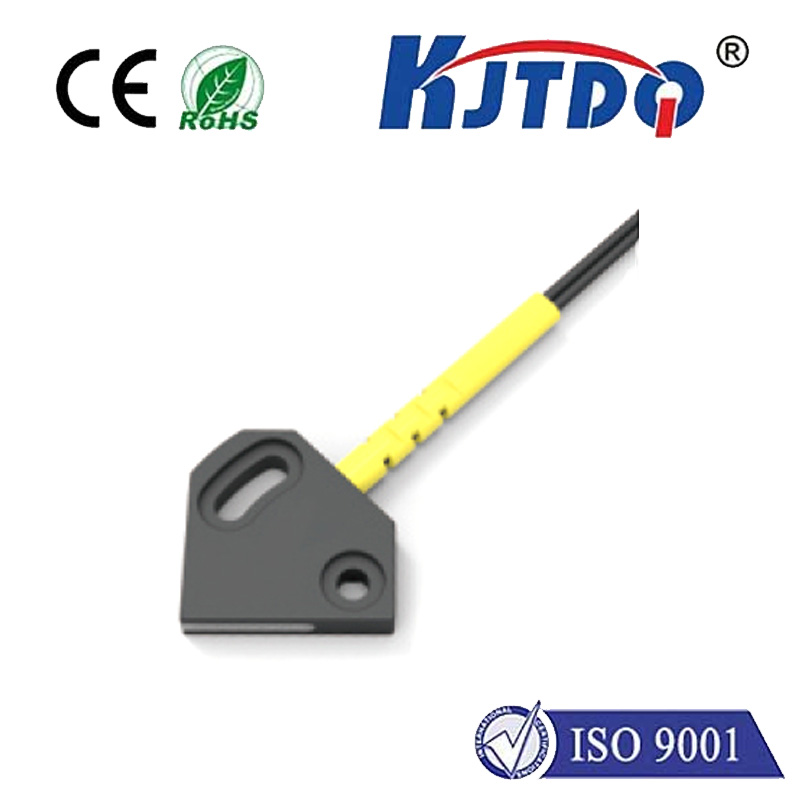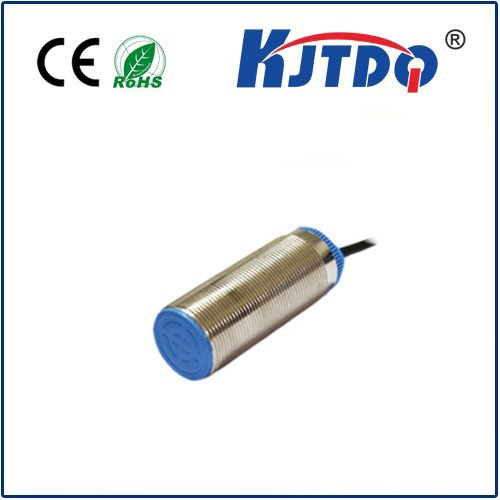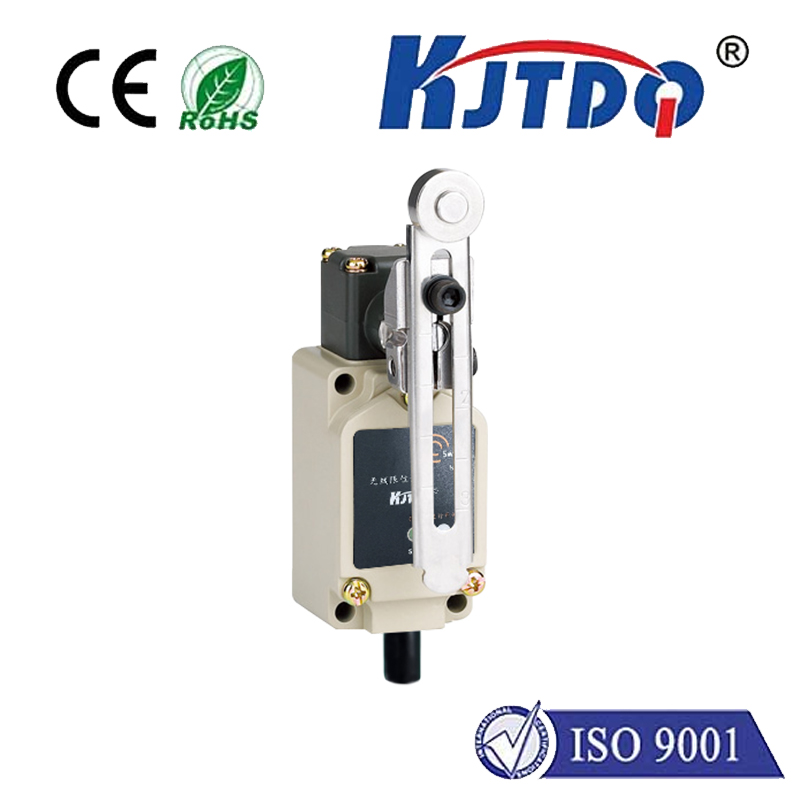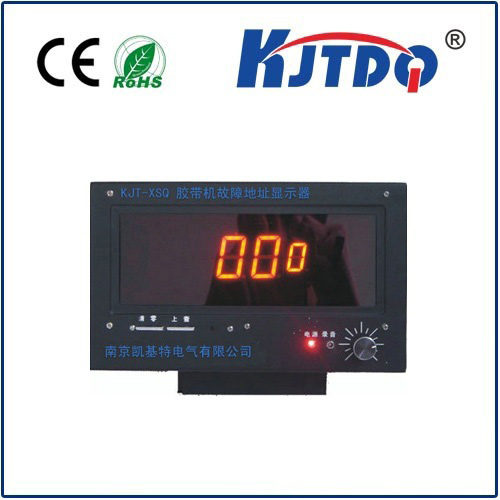BES02J4 proximity sensor
- time:2025-10-02 07:50:40
- Click:0
BES02J4 Proximity Sensor: Your Robust Solution for Precision Non-Contact Detection
Imagine a complex automated assembly line. Components whizz by, robotic arms move with lightning speed, and precision is paramount. How does the system know when a metal part is perfectly positioned for the next operation, or when a conveyor belt needs to stop instantly? Often, the silent, unsung hero ensuring this flawless operation is a device like the BES02J4 Proximity Sensor. This compact workhorse is fundamental to modern industrial automation, providing reliable, non-contact detection in demanding environments.
Understanding the Core: Proximity Sensing & the Inductive Principle
Before diving into the specifics of the BES02J4, let’s grasp the essential concept. A proximity sensor detects the presence or absence of an object without physical contact. Among various technologies (capacitive, ultrasonic, photoelectric), the BES02J4 utilizes the inductive sensing principle. This makes it specifically adept at detecting metallic objects – ferrous metals like iron and steel are ideal, but it can also sense non-ferrous metals like aluminum, brass, and copper, albeit typically at a slightly reduced sensing range.
Here’s the magic: Inside the sensor’s face lies an oscillating coil generating a high-frequency electromagnetic field. When a metallic target enters this field, eddy currents are induced on the target’s surface. These eddy currents draw energy from the sensor’s coil, causing a measurable change in the oscillation’s amplitude or frequency. The sensor’s internal circuitry detects this change and triggers an output signal transition (e.g., switching a load on or off). This entire process happens rapidly and contactlessly, making it ideal for high-speed or wear-prone applications.

Why the BES02J4 Stands Out: Key Features and Applications
The BES02J4 designation points to a specific model within a manufacturer’s lineup (commonly associated with brands like Balluff). While exact specifications can vary slightly based on manufacturer and suffix codes (denoting housing style, connection type, output configuration), the BES02J4 series typically embodies several robust characteristics prized in industrial settings:
- Rugged Construction: Engineered for harsh factory floors, these sensors often boast an IP67 rating or higher. This signifies excellent protection against dust ingress and temporary immersion in water, making them resilient against washdowns, coolants, and airborne contaminants.
- Shielded Design: Many BES02J4 variants are shielded or flush-mountable. This crucial feature allows the sensor to be installed flush within a metal bracket without significant loss of sensing range and, importantly, minimizes interference between closely mounted sensors. It’s essential for space-constrained applications.
- Reliable Performance: Featuring stable sensing ranges (e.g., 2mm or 4mm are common for this form factor), the BES02J4 delivers consistent detection even in the presence of vibration or slight target misalignment. Its immunity to surface contaminants like oil or dirt further enhances operational reliability.
- Output Versatility: This series frequently offers both NPN Normally Open (NO) and PNP Normally Open (NO) output configurations. NPN (sinking) is common in Asia and with certain PLCs, while PNP (sourcing) is prevalent in Europe and North America. Choosing the correct type ensures compatibility with your control system inputs. Some variants may also include Normally Closed (NC) options.
- Compact Form Factor: The standardized cylindrical M12 or M18 threaded housing (common for BES02J4 types) allows for easy installation into standard mounting holes, saving valuable panel or machine space. The compact size is ideal for integration into tight machinery layouts.
- Wide Operating Voltage: Typically designed to operate effectively across a broad DC voltage range (commonly 10-30 VDC), the BES02J4 offers flexibility for integration into various industrial power systems.
- LED Status Indicator: An integrated LED provides a clear visual indication of the sensor’s operating state (power on, target detected), simplifying commissioning, troubleshooting, and maintenance.
Where Does the BES02J4 Excel? Real-World Applications
The combination of ruggedness, reliability, and non-contact detection makes the BES02J4 Proximity Sensor indispensable across numerous sectors:
- Factory Automation: Position sensing of machine tools (spindle position, tool changer), end-of-stroke detection for cylinders, part presence/absence verification on conveyors, rotary indexing table position control, and robotic arm end-effector positioning.
- Material Handling: Detecting metal pallets, cartons with metal bands, or specific components on conveyor systems; controlling automatic doors and gates; monitoring fill levels in metal containers.
- Packaging Machinery: Verifying the presence of metal lids or caps, detecting cans or foil-sealed packages, controlling capping and filling stations.
- Automotive Manufacturing: Precise positioning of vehicle bodies on assembly lines, detecting pistons or engine blocks in machining stations, confirming the presence of critical metal components.
- Metalworking & Machining: Tool breakage detection (indirectly via position), monitoring stock feeding, confirming workpiece clamping, and detecting metal slugs or scrap.
Making the Choice: Selecting and Implementing Your BES02J4
When specifying a BES02J4 Proximity Sensor, pay close attention to these critical parameters:
- Sensing Distance: Ensure the rated operating distance (
Sn) is sufficient for your application, considering any necessary safety factors. Remember that the effective sensing range can be influenced by the target material (ferrous vs. non-ferrous) and size.
- Target Material: Confirm compatibility with the metals you need to detect. Factor in potential reductions in range for non-ferrous metals.
- Output Type (NPN/PNP, NO/NC): Match this precisely to your PLC input module or controller requirements. Incorrect matching will result in malfunction.
- Housing Style & Size: Choose between shielded (flush-mountable) or unshielded based on your mounting constraints and proximity to other metal objects/sensors. M12 and M18 are standard sizes.
- Connection Type: Options include pre-wired cables (specify length and connector), integral quick-disconnect connectors (e.g., M8 or M12), or connector versions. Select based on your installation and maintenance preferences.
- Environmental Rating (IP): Ensure the IP67 (or specified) rating meets the environmental demands (dust, moisture, chemicals) of the installation location.
- Operating Voltage: Verify compatibility with your available DC supply voltage (typically 10-30V DC).
- Temperature Range: Check that the sensor’s operating and storage temperature specifications align with the ambient conditions in your facility.
Conclusion: The Indispensable Detection Partner
The BES02J4 Proximity Sensor represents a cornerstone of industrial sensing technology. Its robust design, based on the reliable inductive principle, delivers consistent, non-contact detection of metallic objects in environments where other sensors might falter. Understanding its capabilities – the ruggedness afforded by its IP rating, the installation flexibility of its shielded or unshielded designs, and the importance of correctly matching its output configuration – empowers engineers and maintenance personnel to select and implement the right sensor effectively. Whether ensuring precise machine positioning, verifying part presence on a high-speed line, or safeguarding automated processes,






